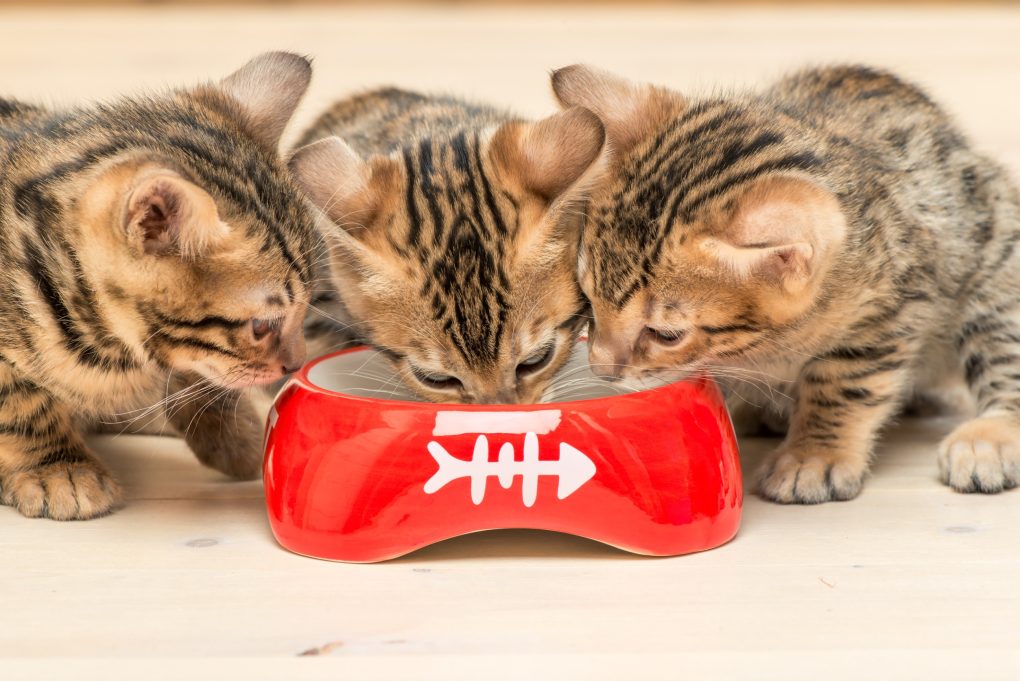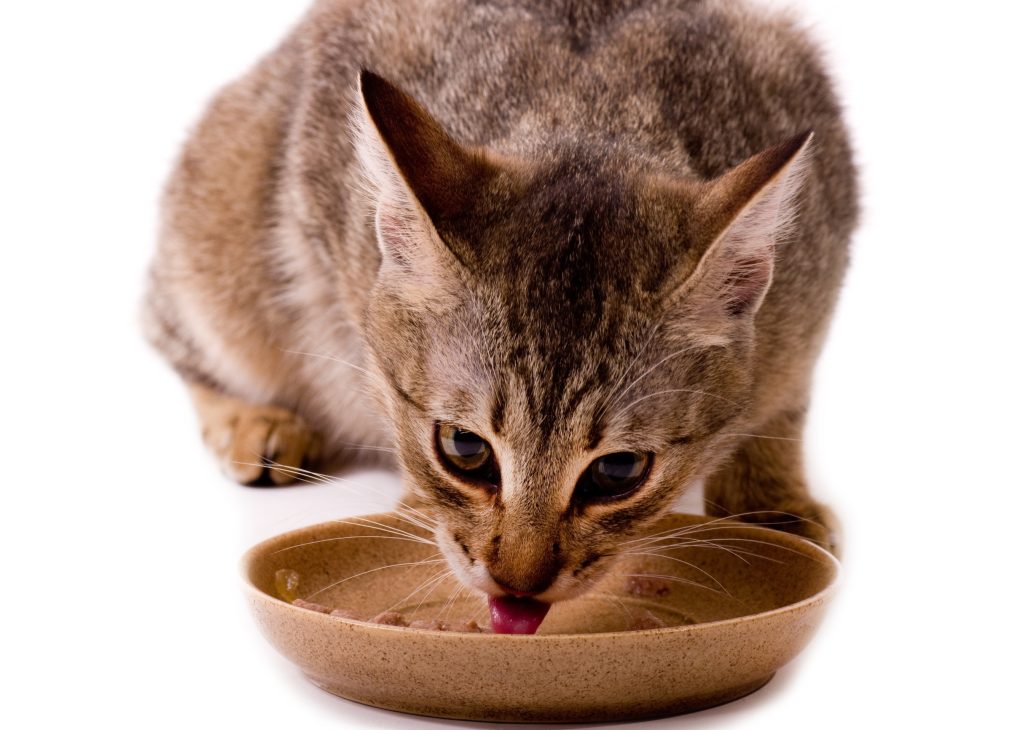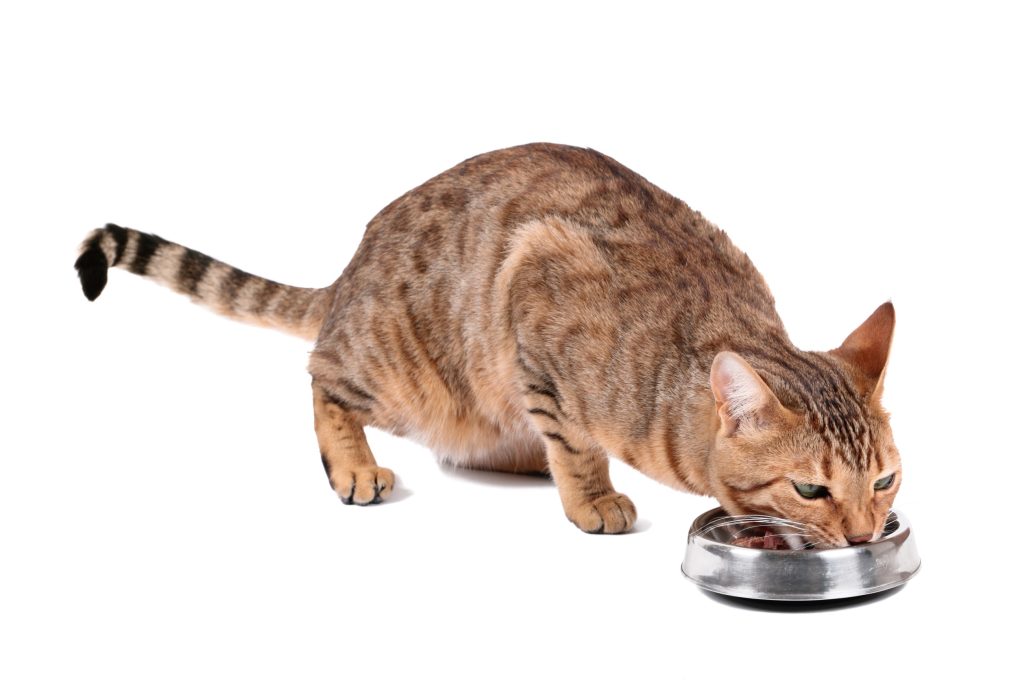Do Bengal Cats Eat a Lot: A Comprehensive Guide to Ensuring Your Pet Is Eating Enough
Yes, Bengal cats eat a lot. They have a high metabolism and require a high protein and fat diet to maintain their energy levels. They also have a strong hunting instinct and may continue to eat even when they are complete to prepare for times when food may be scarce.
Additionally, some Bengal cats may be prone to overeating due to boredom or stress. Therefore, it is essential to monitor their food intake and ensure they do not become overweight, which can lead to health problems. Therefore, it is best to consult your veterinarian to determine the right food for your Bengal cat.


Table of Contents
How Much Food a Bengal Cat Eats
The amount of food a Bengal cat should eat depends on several factors, including age, size, activity level, and overall health. However, as a general rule, adult Bengal cats should be fed about 3 percent of their body weight divided into two meals per day. In addition, kittens may need to eat more frequently.
Bengal cats have a strong hunting instinct, so they’ll eat anything they can catch. However, it would help if you supplemented this carnivorous diet with fresh water and high-quality kibble. Wet food should also be a significant part of their diet. This dietary staple is suitable for Bengal cats as it provides them with essential nutrients and calories to fuel their energetic lifestyles.
Some people feed their Bengal cats raw meat, but there are other diets for these animals. For example, you can supplement a raw diet with soft chews, canned or fresh fish, and other treats. If you’re feeding your Bengal cat a raw food diet, feed it fresh, clean water daily.
Consider feeding your cat on a schedule; feeding them at the same time every day can help them to develop a routine. Feeding Bengal cats regularly ensure their diet is balanced and nutritious. Monitor your cat’s weight and adjust its food intake to maintain a healthy weight.
Why a Bengal Cat May Not Be Eating
It may be hard to tell why your cat isn’t eating, but you can check to see if it is eating enough by carefully watching its food. Keep an eye on your cat’s body language to determine if anything is wrong.
Change in Routine
Cats can be creatures of habit, and a change in routine can cause stress and anxiety, leading to a decreased appetite or refusal to eat. However, cats are also resilient animals, and many will adapt to changes in routine with time. It’s also important to note that all cats are different, some cats may be more sensitive to changes in routine than others, and some may not be affected.
If you need to change your cat’s feeding routine, it’s best to do it gradually over a week or two. Maintain a consistent feeding schedule as much as possible; feeding your cat at the same time every day can help them develop a routine.
If your cat is usually inactive during the day, try giving it a toy or scratching post to keep it occupied. Another issue may arise if your cat is eating less, but still appears healthy. If this is the case, seek the advice of a vet to ensure your cat’s overall health and well-being.
Dental Problem


Dental problems such as tooth decay, gum disease, or oral pain can cause a cat to lose their appetite or refuse to eat. Dental issues can make it difficult or painful for a cat to chew their food, leading to weight loss and malnutrition. For example, if a cat is experiencing dental problems, it may also drool, have bad breath, or be sensitive to the touch around its mouth.
Suppose you notice that your cat is experiencing dental problems and not eating. In that case, it is essential to consult with your veterinarian as soon as possible to rule out any underlying health issues and ensure that they receive proper nutrition.
It is essential to have a regular dental checkup with your veterinarian to ensure that your cat’s teeth and gums are healthy. If dental issues are identified, your veterinarian may recommend a cleaning and extractions.
Illness
An illness can cause a cat to feel unwell, weak, or in pain, leading to a decreased appetite or refusal to eat. Additionally, some illnesses can affect the cat’s sense of smell or taste, making food unappealing.
Some common illnesses that can cause a cat to lose its appetite include gastrointestinal issues such as inflammatory bowel disease or intestinal parasites. Respiratory issues include pneumonia or bronchitis, kidney or liver disease, dental problems, as mentioned before, cancer, anemia, infections, endocrine disorders such as diabetes or hyperthyroidism, and chronic pain.
In addition to taking the cat to the vet, try providing food in different ways and locations to help stimulate appetite. You can also try feeding small portions throughout the day instead of one large meal. Finally, provide plenty of clean water and comfortable cat beds to help promote a healthy appetite.
Vaccination
It is possible for a cat to experience a decreased appetite or refuse to eat following vaccinations, although it is not very common. Some cats may experience mild side effects, such as discomfort or soreness at the injection site, which can make it uncomfortable for them to eat.
Additionally, some cats may feel under the weather or experience mild fever following vaccinations, leading to decreased appetite. It is also important to note that any change in eating habits following vaccination should be temporary. If it persists, it is essential to consult with your veterinarian to check for any other underlying issues.
Your veterinarian may recommend a temporary diet change or suggest appetite stimulants. However, it’s essential to remember that the benefits of vaccinations far outweigh the potential side effects, as they protect your cat from severe and potentially fatal diseases.
Boredom


Cats are natural hunters and need mental and physical stimulation to keep them engaged and happy. When cats are bored, they may lose interest in food and stop eating. Boredom can also lead to stress in cats and make them irritable and moody.
A lack of environmental enrichment, such as interactive toys, climbing structures, scratching posts, or hiding spots, can lead to a bored cat. Additionally, a lack of social interaction or hunting and exploring opportunities can lead to a bored cat.
It is essential to provide your cat with plenty of mental and physical stimulation to prevent boredom-related loss of appetite. This can include interactive toys, scratching posts, climbing structures, hiding spots, and playtime with you or other cats.
By changing the cat’s environment, you can help them stay engaged and satisfied. You can also make feeding time more interesting by using puzzles or interactive feeders that will require your cat to work for its food.
